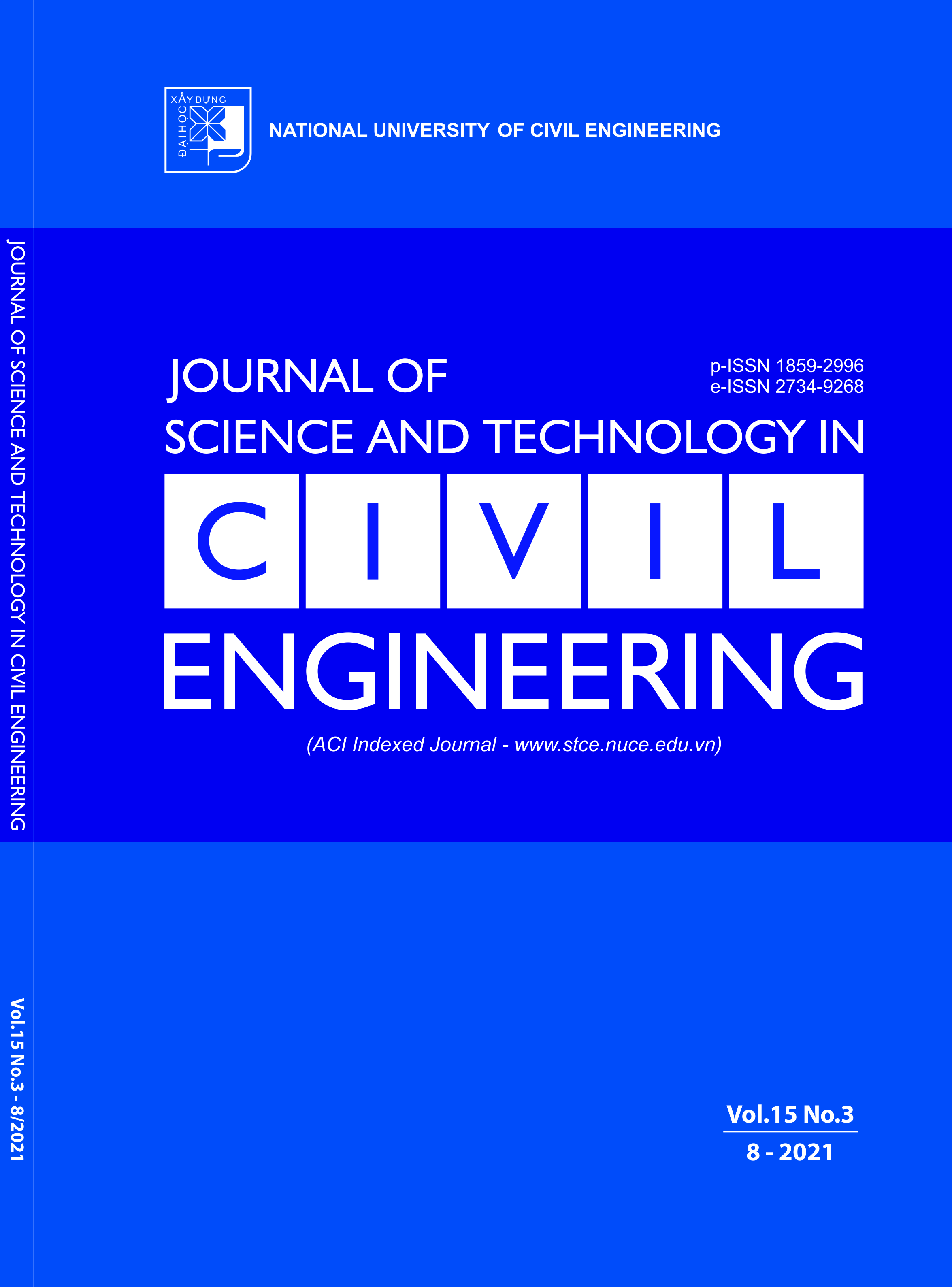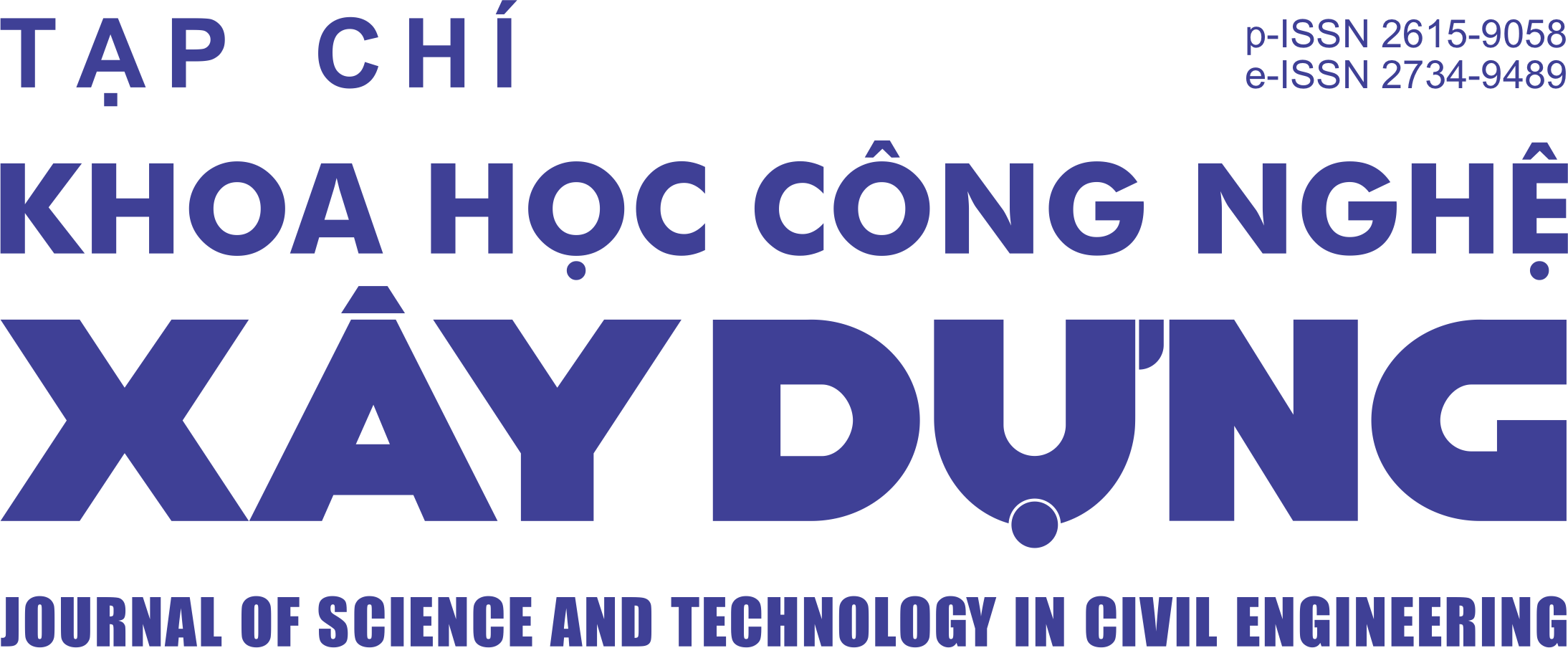BIM application for analyzing impacts of construction parameters on energy use and energy costs in buildings
Abstract
Energy-saving solutions in buildings in Vietnam are a great concern for sustainable development nowadays. However, energy-efficient and cost-saving designs based on the integration of Building Information Modeling (BIM) and building energy analysis are still limited. This study aims to provide energy-efficient and cost-saving designs for buildings by performing the cloud-based building energy simulation. Particularly, the analysis of the impact of changing building parameters on energy consumption and energy cost was performed in this study. Considered building parameters includes building orientation, wall construction, window-to-wall ratio (WWR), lighting efficiency, daylighting and occupancy controls, and, heating ventilation, and air conditioning system. The findings of the study can facilitate building designers, building owners or investors can obtain the best solution for designing the buildings. The first contribution of the study, to provide an in-depth analysis of the impact of the building parameters of energy cost and energy consumption. The second contribution is to contribute to the domain knowledge promotion of the digital transformation in the construction industry.
Downloads
Copyright (c) 2021 National University of Civil Engineering

This work is licensed under a Creative Commons Attribution-NonCommercial-NoDerivatives 4.0 International License.
1. The Author assigns all copyright in and to the article (the Work) to the Journal of Science and Technology in Civil Engineering (JSTCE) – Hanoi University of Civil Engineering (HUCE), including the right to publish, republish, transmit, sell and distribute the Work in whole or in part in electronic and print editions of the Journal, in all media of expression now known or later developed.
2. By this assignment of copyright to the JSTCE, reproduction, posting, transmission, distribution or other use of the Work in whole or in part in any medium by the Author requires a full citation to the Journal, suitable in form and content as follows: title of article, authors’ names, journal title, volume, issue, year, copyright owner as specified in the Journal, DOI number. Links to the final article published on the website of the Journal are encouraged.
3. The Author and the company/employer agree that any and all copies of the final published version of the Work or any part thereof distributed or posted by them in print or electronic format as permitted herein will include the notice of copyright as stipulated in the Journal and a full citation to the Journal as published on the website.







